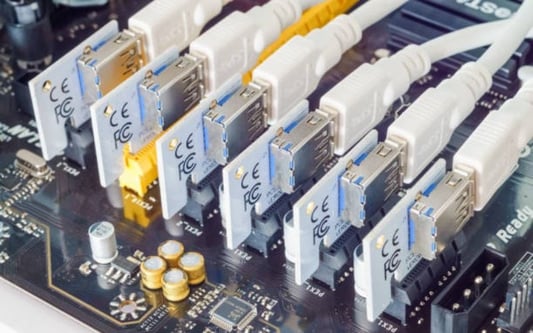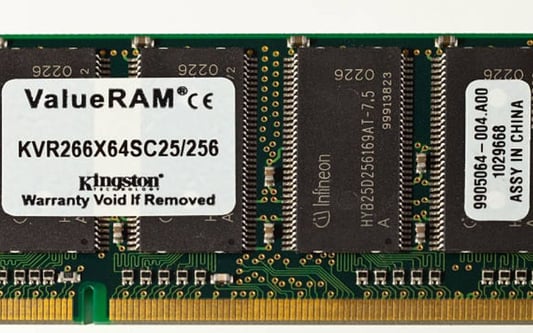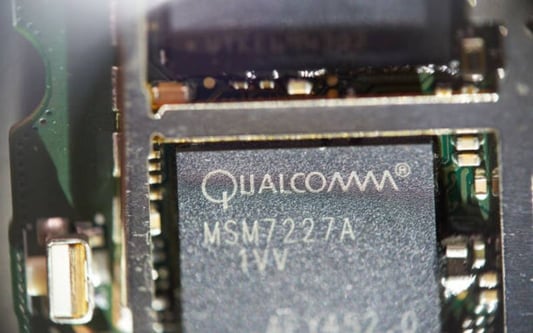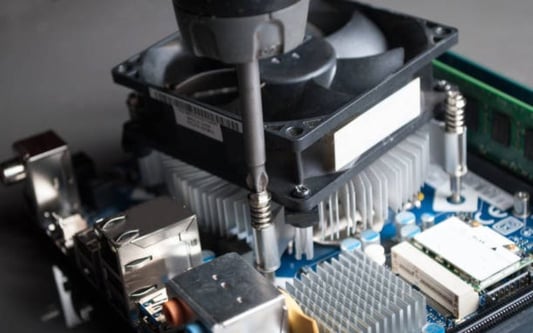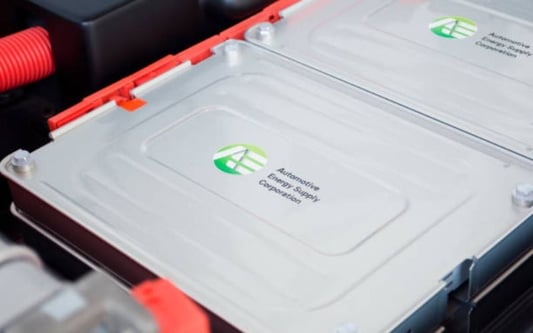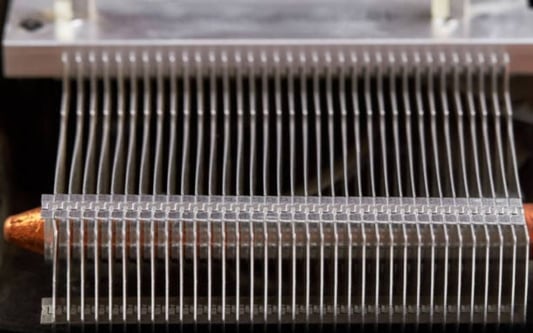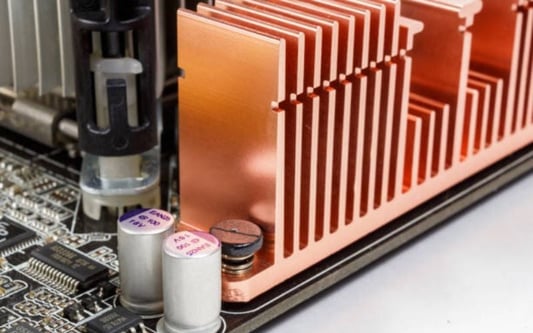The Basics of copper cold plateCopper cold plate is a crucial component in thermal management systems used to dissipate heat from high-temperature electronic devices. It is a flat metal plate containing a network of complex channel designs that allow for optimized heat transfer, making it an ideal cooling solution for high-performance computing applications.How Copper Cold Plate WorksCopper cold plates are highly efficient thermal conductors that use liquid coolants such as water or glycol to remove heat from electronic devices. The heat is transferred from the electronic device to the copper plate, which then conducts the heat to the coolant flowing through the channels inside the plate. This coolant absorbs the heat and carries it away from the device, thus preventing overheating and potential system failures.Advantages of Using Copper Cold PlateCopper cold plates offer several significant advantages over traditional air-cooled thermal management systems. They have a higher heat transfer coefficient, which means they can dissipate large amounts of heat quickly, efficiently, and evenly. Copper cold plates are also compact and lightweight and can be designed to fit into tight spaces, making them suitable for use in small form-factor devices.Applications of Copper Cold PlateCopper cold plate is a preferred thermal management component in various high-temperature electronic applications such as power electronics, data centers, electric vehicles, aerospace, and defense. It is commonly used in cooling high-power processors, laser diodes, and solid-state lighting devices, where traditional air-cooled systems would not be sufficient.Types of Copper Cold PlateThere are two main types of copper cold plate designs – single-phase and two-phase designs. Single-phase copper cold plates utilize a liquid coolant that remains in a single liquid state throughout the cooling process, while two-phase copper cold plates use a mixture of liquid and vapor phases to transfer heat away from devices.Copper Cold Plate vs. Other Cooling TechniquesCopper cold plates are a superior cooling technology compared to traditional air-cooled systems due to their higher heat transfer rate and better heat dissipation capabilities. They offer a more efficient and reliable cooling solution for high-performance devices that generate significant heat.Design Considerations for Copper Cold PlateWhen designing copper cold plates, several factors need to be considered, such as coolant flow rates, channel geometry, and material selection. The thermal resistance of the cold plate must be minimized while maximizing its thermal conductivity. Other factors that need to be optimized include pressure drop, heat flux, and coolant inlet and outlet locations.Maintenance and Upkeep of Copper Cold PlateCopper cold plates require regular maintenance and upkeep to function efficiently and effectively. The coolant used in the copper plate may need to be replaced periodically, depending on the application. Proper cleaning and inspection of the cold plate are also necessary to prevent corrosion and blockages in the channels.Future of Copper Cold PlateThe demand for high-performance computing is increasing at an unprecedented pace, and with it comes the need for more efficient thermal management solutions such as copper cold plate. As technology advances, copper cold plate designs will continue to evolve to meet the growing demand for better cooling solutions.ConclusionCopper cold plate is an effective and efficient cooling solution for high-temperature electronic devices. Its compact size, fast heat transfer rate, and efficient heat dissipation capabilities make it a popular choice in the thermal management industry. With its broad range of applications, copper cold plates are an essential component in ensuring the reliable performance and longevity of high-performance electronic devices.Quote InquiryContact us!



